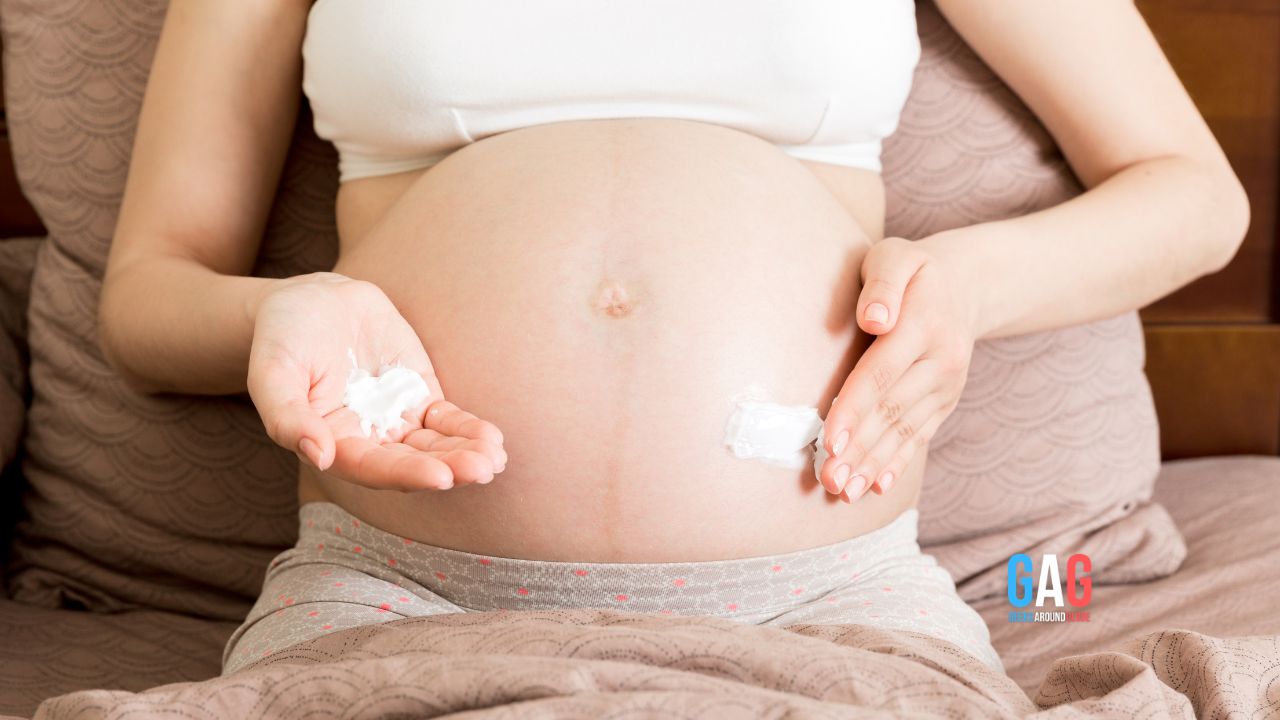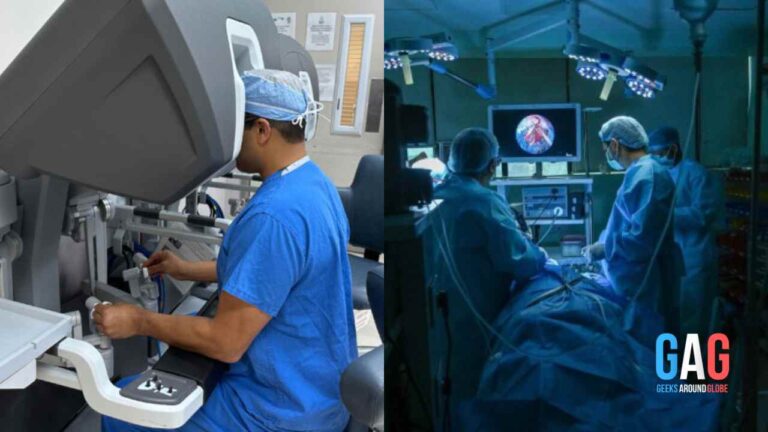You are not alone if you have stretch marks from your pregnancy, regardless of how you feel about them or whether you want to wear them proudly or try to hide them. Stretch marks, which may be pink, red, yellow, tan, or sometimes purple or brown, often occur on the abdomen, butt, thighs, hips, or breasts in expectant mothers.
There are several products on the market today that claim to reduce stretch marks. While there is no known method to stop or remove stretch marks, using creams, lotions, and oils to keep the skin hydrated during pregnancy has certain advantages.
How do stretch marks appear?
Most individuals will at some time in their lives develop stretch marks, which are a common skin problem. Depending on your skin tone, they might seem as silver streaks across the skin, but they can also vary in color, depth, and intensity. While they first seem rather noticeable, stretch marks typically diminish with time, particularly when skin is supported and strengthened by stretch mark creams and treatments.
Does cream for stretch marks really work?
Stretch marks have no magical treatment available. Topical creams and lotions have a very limited function in preventing stretch marks since the likelihood that you will develop them is heavily influenced by heredity. While there is no conclusive proof that over-the-counter lotions reduce the visibility of stretch marks in any statistically significant manner, moisturizing the skin while it is being stretched out so much in such a short amount of time is undoubtedly beneficial. During pregnancy, moisturizing the skin helps it cope with this challenging change. Additionally, maintaining skin moisture may encourage skin flexibility (although, once again, genetics play a part), which may reduce your risk of developing stretch marks.
What to look for when choosing a pregnancy stretch mark cream
It is important to emphasize that there is little proof that lotions and oils may prevent or cure stretch marks. However, if you’re still trying to do your part to lessen their appearance (or if you just want to keep your skin moisturized throughout pregnancy), bear in mind the following doctor-recommended suggestions while choosing a product.
Select a hypoallergenic product. A product that is hypoallergenic won’t include elements like scents, colors, and essential oils that might irritate or even trigger allergic responses if you have sensitive skin.
Look for substances that are hydrating. Stretch mark risk may be reduced by maintaining healthy, moisturized skin during pregnancy. Additionally, humectants like glycerin, which keep the skin hydrated and increase its suppleness, may be quite powerful. Ceramides and hyaluronic acid are also excellent moisturizers. Choose components that reduce irritability. Shea butter and cocoa butter are two ingredients that help soothe sensitive skin as it expands.
Lastly, be aware of the components to avoid. Retinoids, retinols, and tretinoin or vitamin A should not be used in skincare products during pregnancy. The StretcHeal line is made with a combination of organic substances that are intended to hydrate and heal skin. Shea butter, cocoa butter, vitamin E, and jojoba oil are a few of the substances in this mixture that are renowned for their moisturizing and therapeutic capabilities, as per StretcHeal reviews.
Stages of Stretch Marks
Stretch marks evolve through different stages:
Stage I: Inflammation and increased blood flow may cause stretch marks to first look red, pink, or purple.
Maturation Stage: Over time, they become less apparent and change color to a silvery or white hue, however the texture may still be different from nearby skin.
Stretch Mark Removal Techniques
Laser Treatment: Stretch marks may look substantially better when treated with lasers like CO2 and Fraxel.
Tiny needles used in microneedling, a minimally invasive procedure, cause regulated micro-injuries that set off the body’s normal healing process and collagen creation.
Radiofrequency: Radiofrequency radiation stimulates collagen production and skin tightening by penetrating the deeper layers of the skin.
Long-Term Benefits: These procedures not only cure stretch marks, but also enhance the condition of your skin.
How to Use Makeup to Hide Stretch Marks
Stretch marks may be covered up and your confidence can be increased with the use of makeup. You may obtain smooth and natural-looking covering by adhering to these specific rules.
1. Color Correction
Reddish or purple stretch marks may be made neutral in tone with the use of color correction. Choose a color corrector that blends in with the hue of your skin. For red and purple tones, use a green corrector and a yellow corrector, respectively. Apply a tiny quantity of the corrector to the stretch marks using your fingers or a makeup sponge, and then gently mix it in.
2. Foundation Stretch Mark Coverup
Choose a foundation with a high level of coverage that complements your skin tone. Using a foundation brush or sponge, dab a light layer of foundation over the stretch marks. Apply a tiny quantity of the product with a stippling motion, then gently swirl it about the afflicted region. Once the stretch marks are adequately covered, gently spread the covering.
3. Concealer
Use concealer that matches the color of your skin. Spread it evenly after dosing it in drips. Dab the concealer straight onto the stretch marks with a tiny, accurate brush. To make the concealer’s borders blend with the surrounding skin, use a clean fingers or a little brush.
4. Setting Powder
Use a translucent setting powder to set the makeup to guarantee long-lasting coverage and prevent smearing. Using a fluffy brush, lightly dust the powder over the concealed area. This procedure makes the skin matte and ensures that the makeup remains in place all day.
5. The Final Touch
To prolong the coverage and keep the makeup in place, mist on a thin layer of setting spray. Before moving or touching the concealed area, give the setting spray time to thoroughly dry.
To keep up coverage, touch-ups may be necessary during the day. Carry a tiny makeup brush or sponge along with your concealer and setting powder for on-the-go, fast touch-ups.







